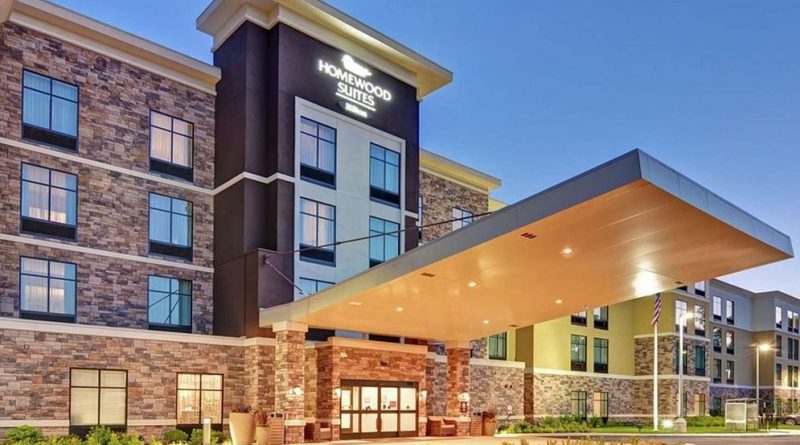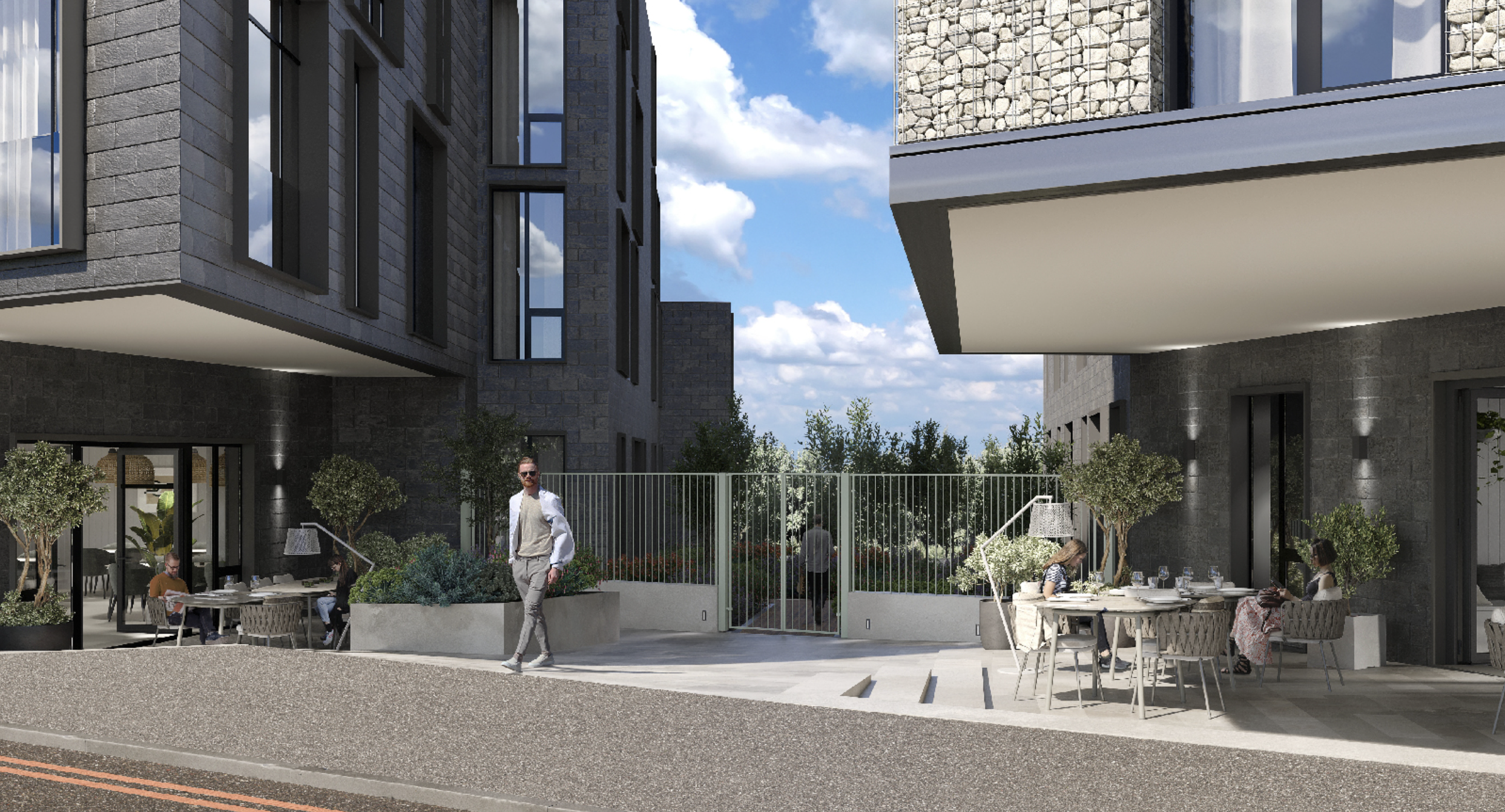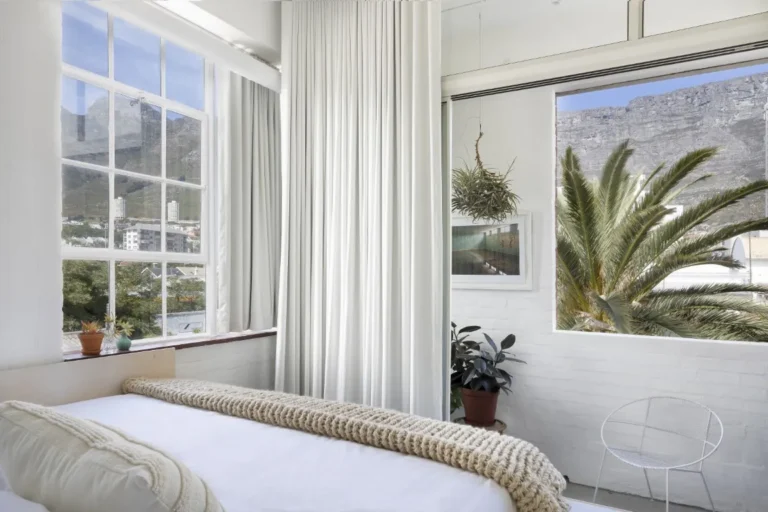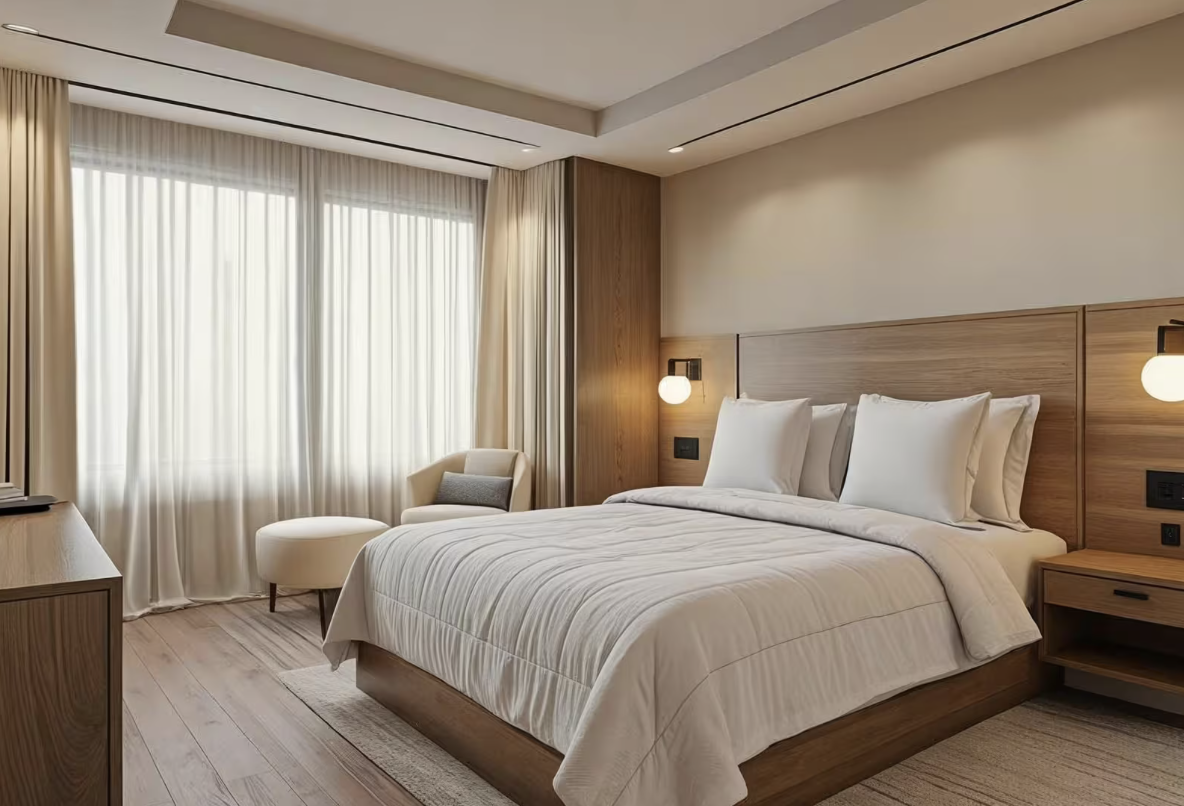US: The Highland Group has released its June bulletin, revealing details of the recovery of the extended stay sector post-pandemic.
Overall, the bulletin from the Highland Group highlights the recovery of the industry. The Highland Group’s research shows that the extended stay sector experienced 80.4 per cent occupancy this June, the highest occupancy rate of 2021 and just onbe per cent lower than in June 2019.
The bulletin highlighted the recovery of economy and mid-priced extended stay hotels specifically, as these groups have recovered more than their lost pandemic revenue and had higher occupancy rates in June 2021 than they did in June 2019. In contrast, upscale extended stay options have not fully recovered lost revenue from the pandemic but are highly benefitting from recent surges in domestic leisure traveller demand.
For the bulletin, an upscale property has an ADR of over $100, a mid-price property has an ADR of $60 to $100, and an economy property has an ADR below $60.
Mark Skinner, partner at The Highland Group, said: “The surge in summer travel is benefitting upscale extended-stay hotels more than mid-price and economy segments but they remain well ahead in terms of recovery to 2019.”
All extended stay segments seem to be recovering after a very difficult pandemic year. For all extended stay options, the recovery index for occupancy is 99.3 per cent, for ADR is 91.1 per cent, for RevPar is 90.5 per cent, and for revenue is 101.8 per cent.
Additionally, the extended stay hotel room supply increased by 10.1 per cent, unveiling results of both new construction and hotel reopenings. Mid-priced extended stay property saw the greatest increase in supply, with a 17.1 per cent increase. Despite these numbers, the growth rate for room supply is going down, as most hotels that closed for pandemic reasons reopened last year.
Statistics in the bulletin also highlight the differing levels of difficulties that extended stay properties and other hotels faced.
Throughout the course of the pandemic, hotels in general suffered more than extended stay properties, so hotels are recovering at a higher rate of 138 per cent increase in revenue in comparison to June of last year. Extended stay properties are also increasing in revenue though, as revenue for all extended stay segments is up 96.3 per cent from June 2020.
During June, upscale extended stay properties led the increase in demand with a 99.2 per cent increase from last June, while the entire extended stay segment experienced a 57.7 per cent increase. The demand reached 13.37 million room nights, which is a 12 per cent increase from June 2019.
The bulletin showed a 43.3 per cent total increase in occupancy for all extended stay properties from June of last year, with upscale properties leading other segments with an 86.6 per cent increase.
The average occupancies in both economy, mid-priced, and upscale extended stay properties were 84.3 per cent, 79.5 per cent, and 79.7 per cent higher than last year respectively. The average occupancy for all hotels in general was 66.1 per cent.
Economy extended stay properties saw a 13.2 per cent increase from June 2020 in ADR, which is the segment’s largest increase in its seven consecutive months of increase. Mid-price extended stays saw the largest increase in ADR with 27.1 per cent, and upscale saw a 10.1 per cent increase. Extended stay segments overall saw a 24.5 per cent increase in ADR.
The entire extended stay sector increased RevPar from June 2020 by 78.3 per cent, which is much lower than hotels in general, which experienced an increase of 118.4 per cent. Upscale extended stays saw the greatest increase in RevPar, due to the segment’s greatest loss in RevPar last year, with a change of 105.4 per cent from June 2020.
The extended stay sector continues to move forward with attempts to reach pre-pandemic levels.









